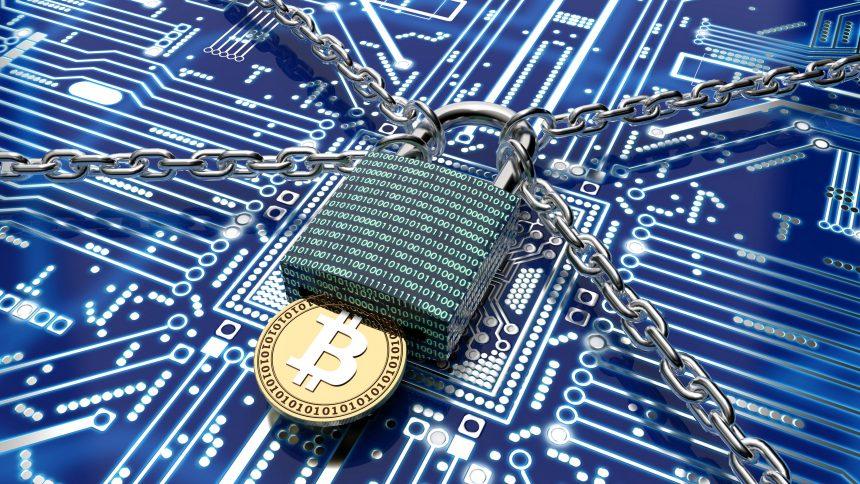In the ever-evolving landscape of cyber threats, RedProtection emerges as a formidable ransomware, orchestrating file encryption and coercing victims into payment for decryption. Understanding its modus operandi, ransom demands, and potential implications becomes paramount for users aiming to shield their data and fortify system security.
RedProtection Ransomware: A Lurking Menace
Operating as a ransomware program, RedProtection encrypts files and appends them with a unique four-character extension. Its actions go beyond encryption, altering the desktop wallpaper and generating a ransom note, “read_it.txt.” The note demands a ransom of 0.0061 BTC (Bitcoin) for decryption, with a negotiable amount but a strict time frame. It threatens to delete decryption keys after a specified deadline, rendering file recovery impossible. The unmistakable signs of a RedProtection attack include inaccessible files and modified file extensions, highlighting the impact of a ransomware attack that restricts access to critical data until the ransom is paid.
Parallel Threats and Similarities
Numerous ransomware threats akin to RedProtection demonstrate similar functionalities and ransom demands. Among these comparable threats are:
MuskOff (Chaos)
Blackoutware
Gyza
Gyew
While sharing the ransomware function of encrypting data and demanding payment for decryption, distinctions arise in the cryptographic algorithms employed and ransom sizes.
Preventive Measures to Thwart Intrusions
Implementing proactive measures serves as a robust defense against ransomware threats similar to RedProtection:
- Email Vigilance: Exercise caution when handling email attachments or links, especially from unknown or unverified sources.
- Software Authenticity: Download software solely from official sources, avoiding third-party websites, torrents, or unreliable download sources.
- Regular Backups: Maintain multiple backups stored in diverse locations to ensure data safety and facilitate recovery in the event of an attack.
Extensive Removal Guide for RedProtection Ransomware
Removing RedProtection ransomware necessitates a methodical approach to mitigate its impact, although removing the ransomware itself doesn’t decrypt encrypted files. The following comprehensive guide outlines steps to remove RedProtection from your system and recover as much data as possible:
- Enter Safe Mode:
Reboot your computer and repeatedly press “F8” during startup to access Advanced Boot Options.
Select “Safe Mode” to restrict the malware’s operations and prevent it from initiating with the system.
- Identify Malicious Processes:
Open Task Manager using “Ctrl + Shift + Esc.”
Navigate to the “Processes” tab and identify any suspicious or unfamiliar processes associated with RedProtection.
Terminate these processes by right-clicking and selecting “End Task.”
- Remove Suspicious Files and Folders:
Navigate to directories like %AppData%, %LocalAppData%, %Temp%, and %ProgramData%.
Search for and delete suspicious files or folders, particularly those created around the time of the ransomware infection.
Eliminate these items to erase traces of the ransomware.
- Edit System Registry: (Advanced Users Only)
Launch the Registry Editor by pressing “Windows + R,” typing “regedit,” and pressing “Enter.”
Navigate to HKEY_CURRENT_USER\Software and HKEY_LOCAL_MACHINE\Software.
Delete any suspicious keys or entries associated with RedProtection. Note: Exercise caution, as incorrect registry changes may damage your system.
- Restore System and Files from Backup:
Utilize a backup created before the ransomware attack to restore your system and files.
Ensure the backup precedes the infection to avoid restoring encrypted files.
- Post-Removal Security Measures:
Conduct a thorough system scan using reputable antivirus or antimalware software to confirm complete removal of RedProtection and any related threats.
Update security software regularly and perform routine scans to deter future infections.
- Secure System and Back Up Data:
Augment system security by installing trustworthy antivirus software and maintaining regular updates.
Regularly create multiple backups of crucial data, storing them in disparate locations to safeguard against future attacks.
Note: Refrain from paying the ransom demanded by cybercriminals, as it doesn’t guarantee file decryption and perpetuates illegal activities.
It’s imperative to acknowledge that while these steps aim to remove the ransomware, they do not restore encrypted files. Recovering encrypted data typically relies on pre-infection backups.
Conclusion
RedProtection ransomware poses a substantial threat by encrypting files and demanding payment for decryption, compromising data security and user privacy. Avoiding ransom payment is recommended, as it doesn’t ensure file recovery and supports illegal activities. Strengthening preventive measures, maintaining backups, and exercising caution in online interactions remain crucial in defending against such ransomware attacks. These practices safeguard personal and organizational data, fostering a safer digital environment in the face of evolving cyber threats.





